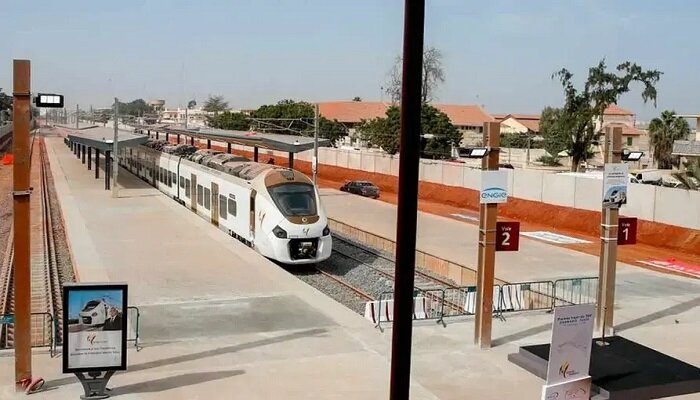It is well to be noted that the construction of a 651-km electrified single-track standard gauge railway line that would be linking the Eastern African countries of Tanzania and Burundi has gone in to receive $696 million in funding from the African Development Bank- AfDB, which happened to be the project’s initial mandate lead arranger.
The new $3.93 billion standard gauge railway- SGR line is going to start from Tabora in Tanzania to the landlocked Burundi’s mineral-rich Musongati region.
The project, to be executed under a design and build arrangement, goes on to have three elements, which include Tabora to Kigoma distancing 411 km, Uvinza to Malagarasi stretching 156 km, both in Tanzania, as well as the Malagarasi to Musongati section, which would be 84 km in Burundi.
It is well to be noted that the contract for the construction of the Tabora to Kigoma SGR line was awarded in 2022, around December, to the China Civil Engineering Construction Corporation- CCECC as well as the China Railway Construction Company- CRCC. The section comprises 411 km of the main line as well as 95 km of alternating lines.
The new line will go on to connect the mining region around Musongati to world trade through the Dar es Salaam seaport. Apparently, Musongati happens to have considerable mineral resources, such as the world’s 10th largest nickel reserves, along with deposits of lithium as well as cobalt. Dar es Salaam goes on to account for 80% of Burundi’s import as well as export trade, as per the AfDB.
An initial project brief goes on to show that the Tanzania/Burundi SGR line happens to have a design speed of 160 kph for passenger trains along with maximum speed of 120 kph in terms of freight trains.
Moreover, the railway is going to have 60 kg of steel rail per meter as specified by UIC standard, with sleepers designed to be 2.6 m long pre-stressed monoblock concrete, which will be laid 600 mm apart, or a minimum of 1,667 sleepers per kilometer.
The contractor will also make use of ballast with a minimum thickness of 300 mm, thereby requiring a minimum of 2.5 cu meters for each meter.
Furthermore, the contractor will make use of the elastic rail fastening method when it comes to fastening the rails that will be consistently welded by way of using the flash-butt process.
AfDB opines that it will structure as well as mobilize financing of almost $3.2 billion by way of commercial banks, development financial institutions, export credit agencies, as well as institutional investors.
The final plan happens to be for the Tanzania/Burundi SGR line to be extended in another phase to the Democratic Republic of Congo- DRC which is the world’s largest producer of cobalt which accounted for over 70% of worldwide production in 2022.
This next phase pertaining to the project for Burundi, overseen by the Burundi Corporation in charge of Railways- ARTF as well as the DRC’s National Railway Company of the Congo- SNCC will go on to run from Gitega to Kindu.
In March 2023, the two nations went on to pick an infrastructure advisory, design, and engineering consultancy firm called Zutari Group, in collaboration with Canadian advisory services offeror CPCS, as the contractor for the $3.2 million feasibility report and preliminary engineering design of the extension line proposed from Gitega to Kindu via Bujumbura and Uvira.
Notably, the planned new SGR lines in both Burundi as well as DRC are going to be an extension of the current six-phase, 2000-km modern railway network, which Tanzania is constructing separately under the five contracts by China Civil Engineering Construction Corporation, China Railway Construction, and Turkey’s Yapi Merkezi.


































